Firefighters in the Sky: Aerial Warfare on Wildfires
Wildfires rage across vast landscapes, leaving behind charred forests and displaced wildlife. Amid the chaos, the roaring engines of specialized aircraft echo through the skies, a lifeline to communities and ecosystems under siege. Picture this: an inferno consuming a hillside, smoke billowing into the sky, when suddenly, a massive airtanker drops a crimson cascade of retardant, halting the fire’s advance. These dramatic moments underscore the critical role of aerial firefighting in battling nature’s fury.
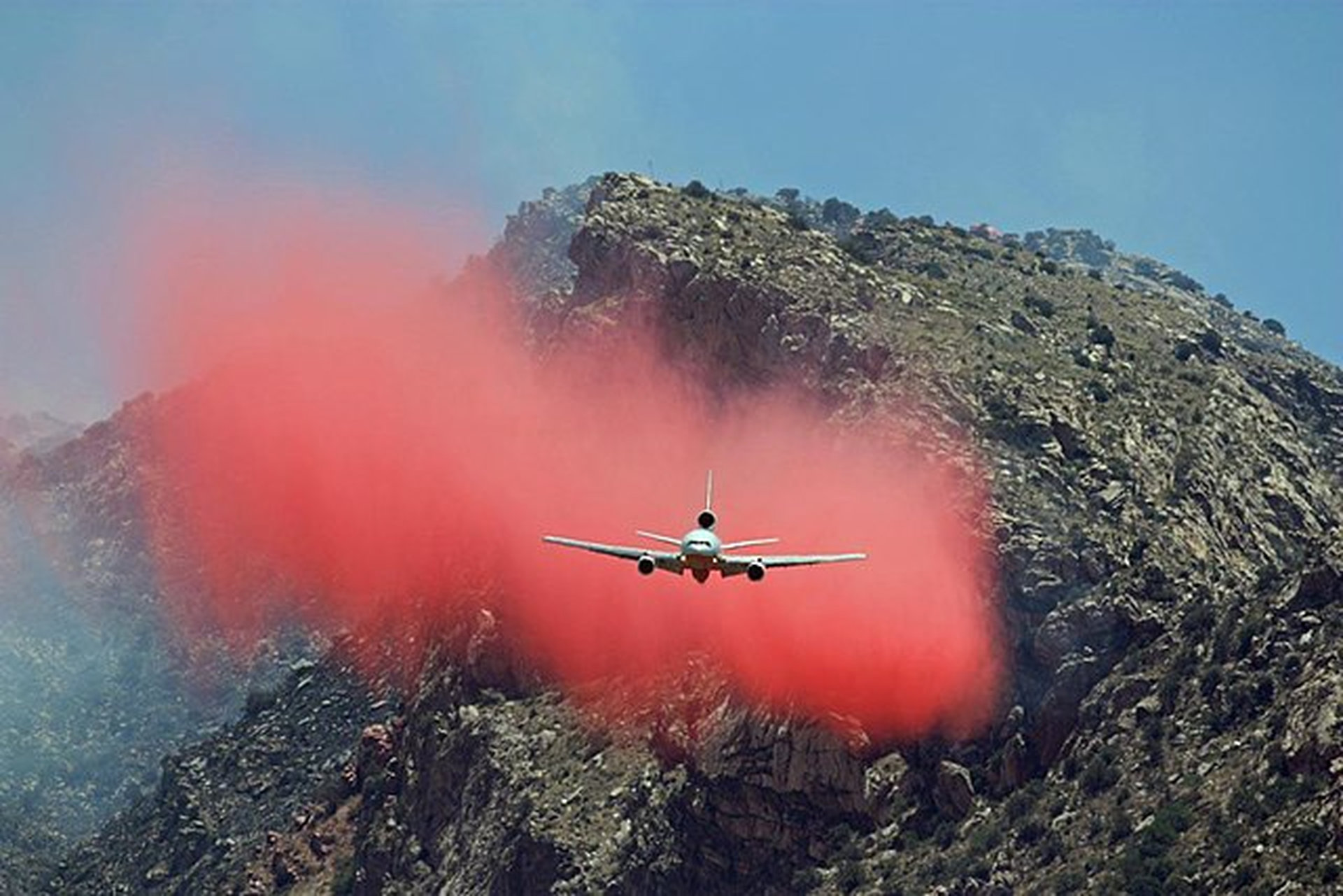
Wildfires are among nature’s most formidable adversaries, but in the skies above, a fleet of specialized aircraft takes on these blazing giants. Each aircraft type plays a unique role in the relentless battle to protect lives, property, and natural resources, from massive air tankers to nimble helicopters.
The Airtanker Arsenal

The arsenal begins with Very Large Airtankers (VLATs), aerial behemoths like the DC-10 carrying up to 9,400 gallons of fire retardant. These giants are equipped with advanced dispersion systems, allowing them to drop retardant with precision from heights of 200 feet. Their sheer size enables them to douse vast areas in a single pass, though their lack of maneuverability makes them better suited to large-scale suppression rather than intricate maneuvers.

Meanwhile, Large Airtankers (LATs), such as the BAe-146 or the C-130, balance capacity and agility. Carrying between 2,000 to 4,000 gallons of retardant, these aircraft can navigate rugged terrain, delivering suppression material to areas VLATs cannot reach. Their adaptability makes them a cornerstone of aerial firefighting fleets worldwide.

At the smaller end of the spectrum are Single Engine Airtankers (SEATs), compact yet powerful, delivering up to 800 gallons of water or retardant. Ideal for grass fires or lighter fuels, SEATs can operate from remote airstrips and reload quickly, making them invaluable for initial attacks on smaller blazes.
Water Scoopers: Amphibious Lifesavers
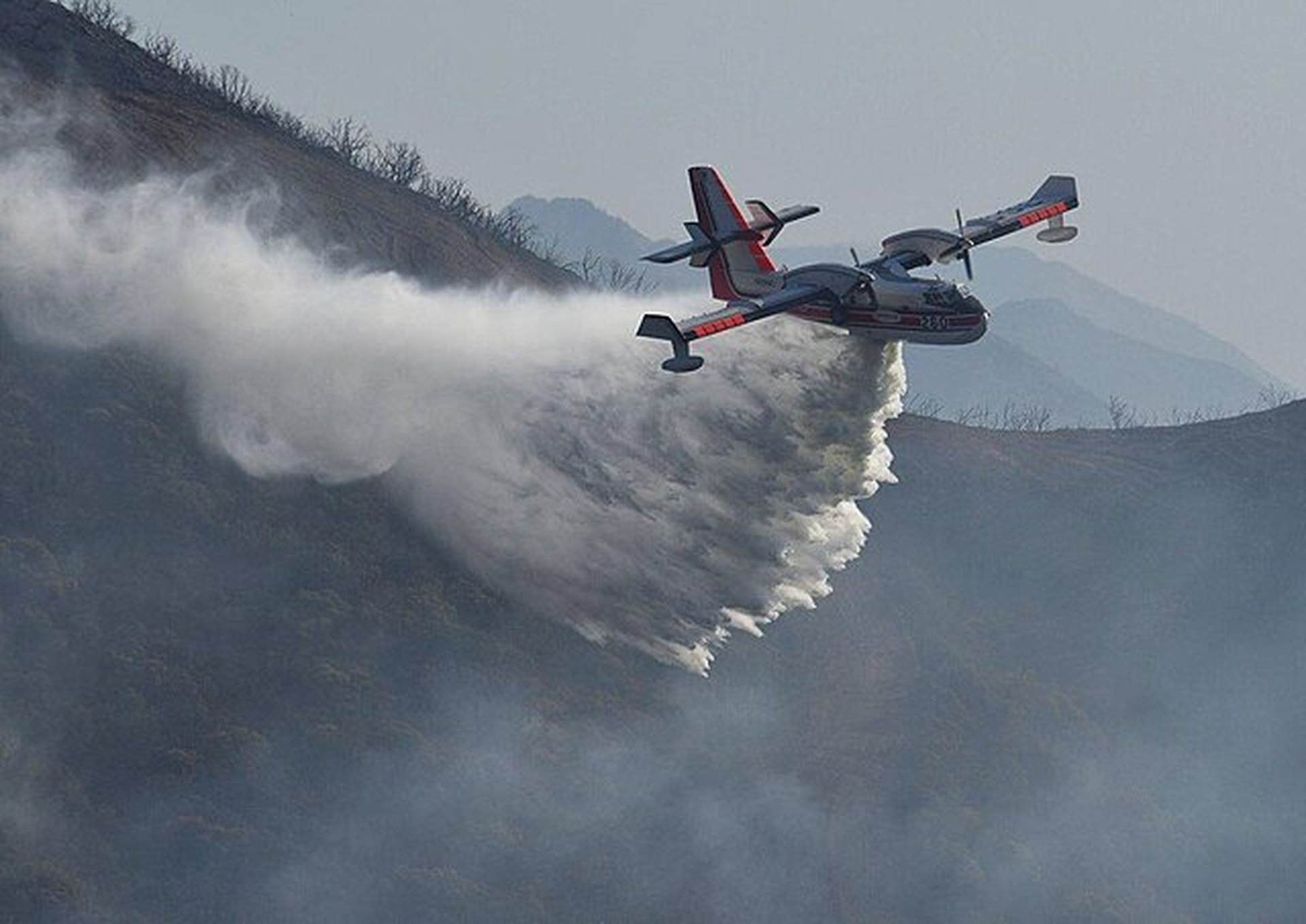
Water scoopers like the Bombardier CL-415 shine for fires near lakes or rivers. These amphibious aircraft can scoop up to 1,600 gallons of water in seconds, enabling rapid turnarounds and sustained suppression efforts. The CL-415’s reinforced hull and powerful turboprop engines make it uniquely capable of skimming bodies of water at speeds of 70 mph, filling their tanks for swift return trips to the fire line. Their ability to operate without traditional refueling or reloading bases makes them a flexible and efficient resource in wildfire management.
Helicopters: Precision and Versatility
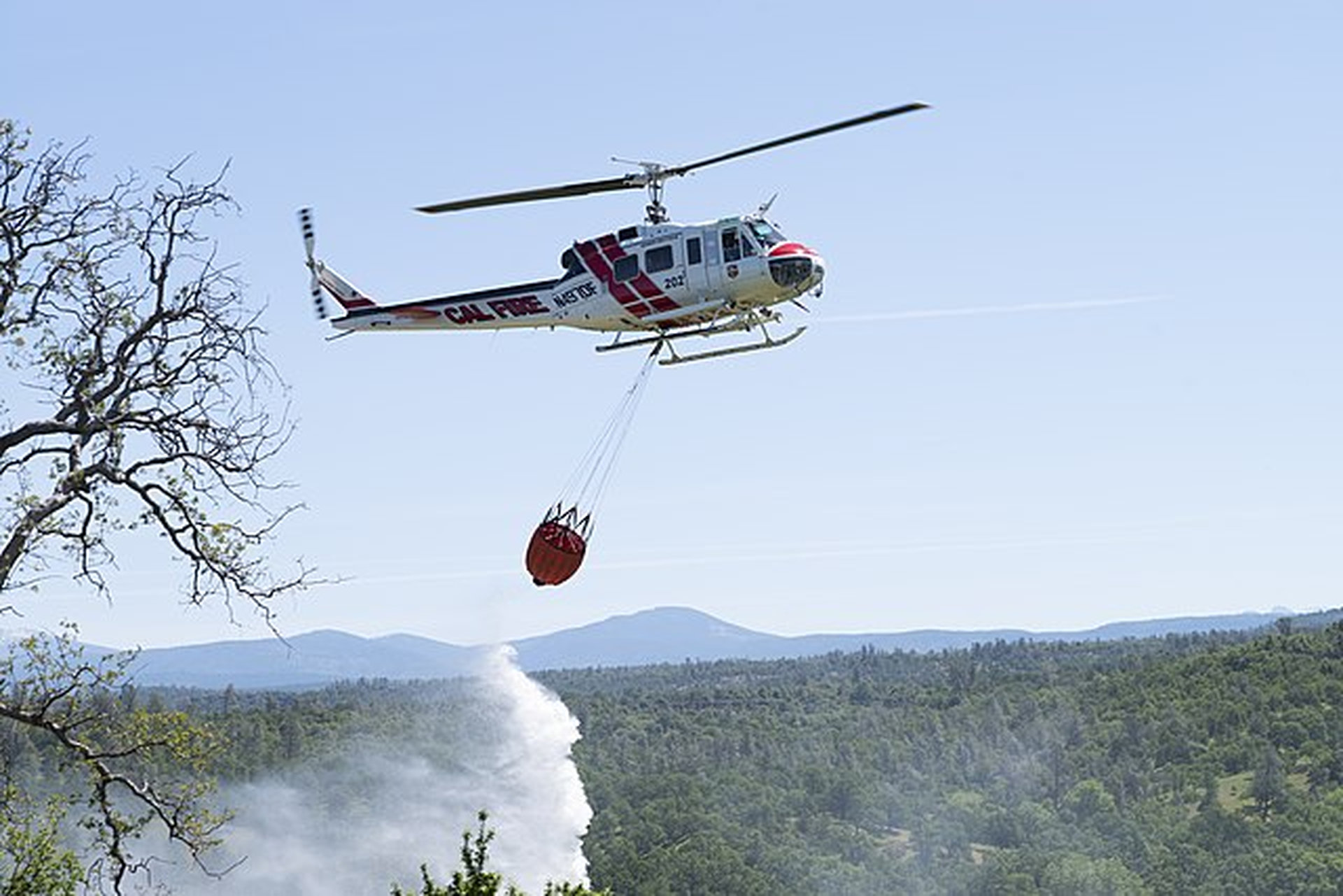
Helicopters bring unparalleled versatility to firefighting. Models like the Bell UH-1H Super Huey and Sikorsky S-70i serve as workhorses, ferrying water in buckets or tanks to precise drop zones. The Super Huey’s 375-gallon tank system or bucket configurations allow for quick water delivery in steep or rugged areas. Similarly, the Sikorsky S-70i, derived from the Black Hawk design, features a 1,000-gallon external tank, making it a critical player in wildfire suppression. Their agility allows them to access remote or rugged locations, supporting ground crews with pinpoint accuracy. Helicopters are also pivotal in evacuations, supply runs, and reconnaissance missions.
Specialized Aircraft for Critical Missions

While airtankers and helicopters grab headlines, a variety of specialized planes support wildfire management behind the scenes:
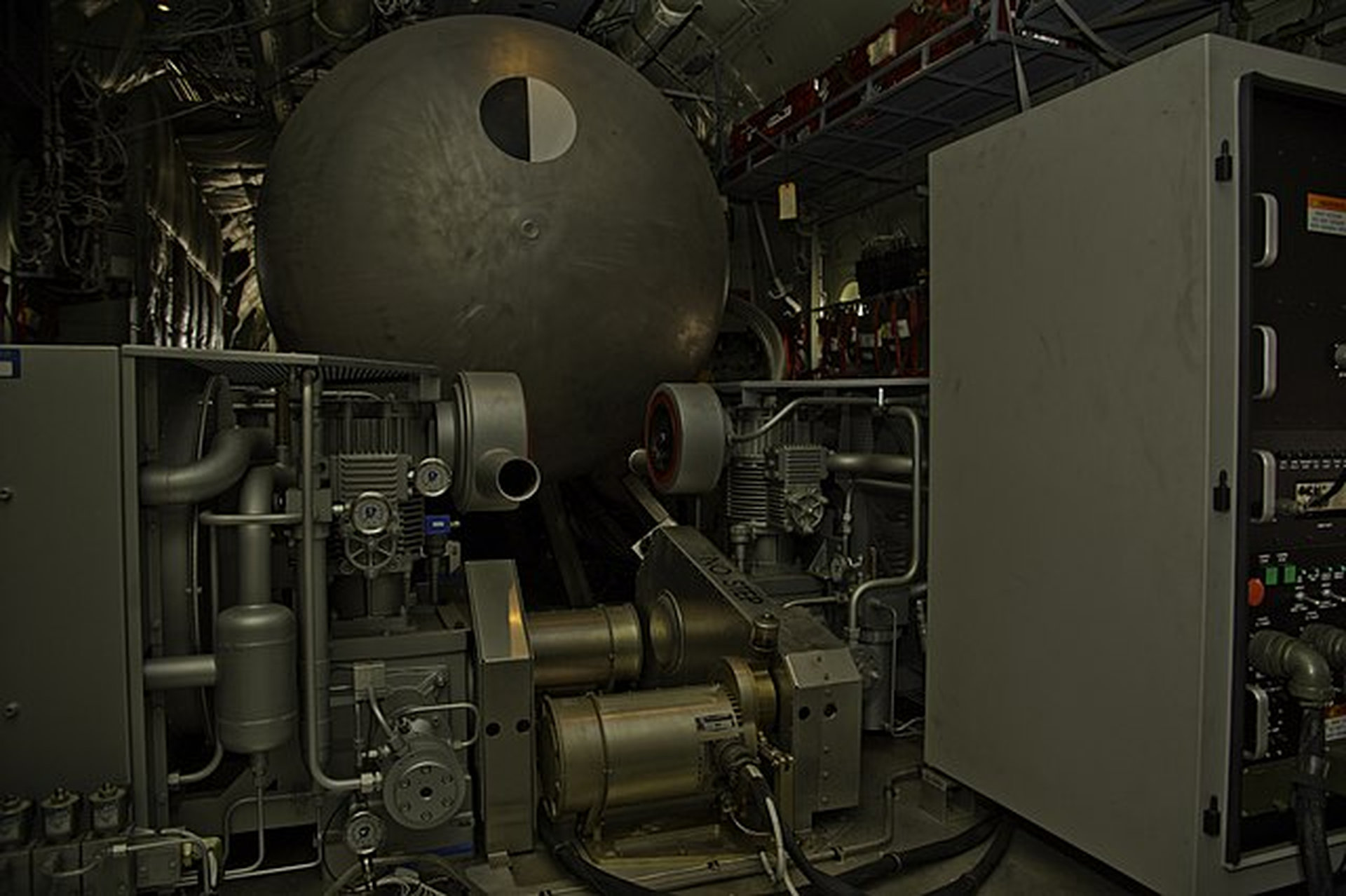


- Military Airborne Fire Fighting Systems (MAFFS): These modular systems turn military C-130 aircraft into airtankers, providing surge capacity during peak fire seasons. Each MAFFS unit can hold up to 3,000 gallons of retardant, delivering it in controlled bursts to combat advancing fire lines.
- Smokejumper Aircraft: Planes like the DeHavilland Twin Otter or Shorts Sherpa deliver smokejumpers—elite firefighters who parachute into remote areas—along with vital equipment. These aircraft are modified for high-altitude, low-speed operations to ensure precise deployment of personnel and cargo.
- Aerial Supervision and Lead Planes: Beechcraft King Air models coordinate and direct aerial firefighting operations, ensuring efficiency and safety. Equipped with sophisticated communication systems, these planes act as a vital link between air and ground crews.
- Air Attack Planes: Twin Commanders (Aero Commanders 500 & 700) provide aerial surveillance and guide ground operations, serving as the eyes in the sky for wildfire management. With high endurance and advanced observation technology, they play a critical role in strategizing fire suppression efforts.

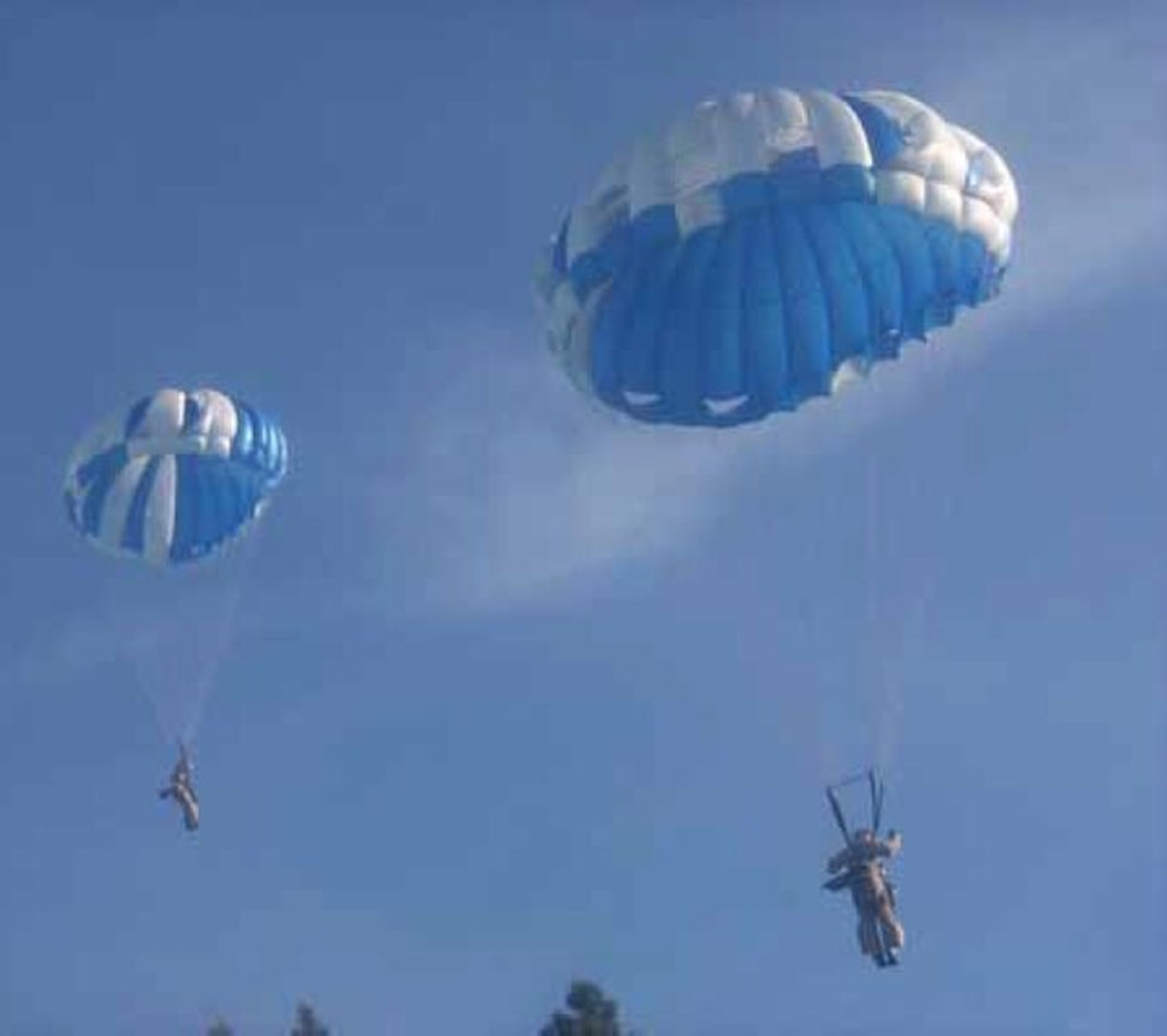
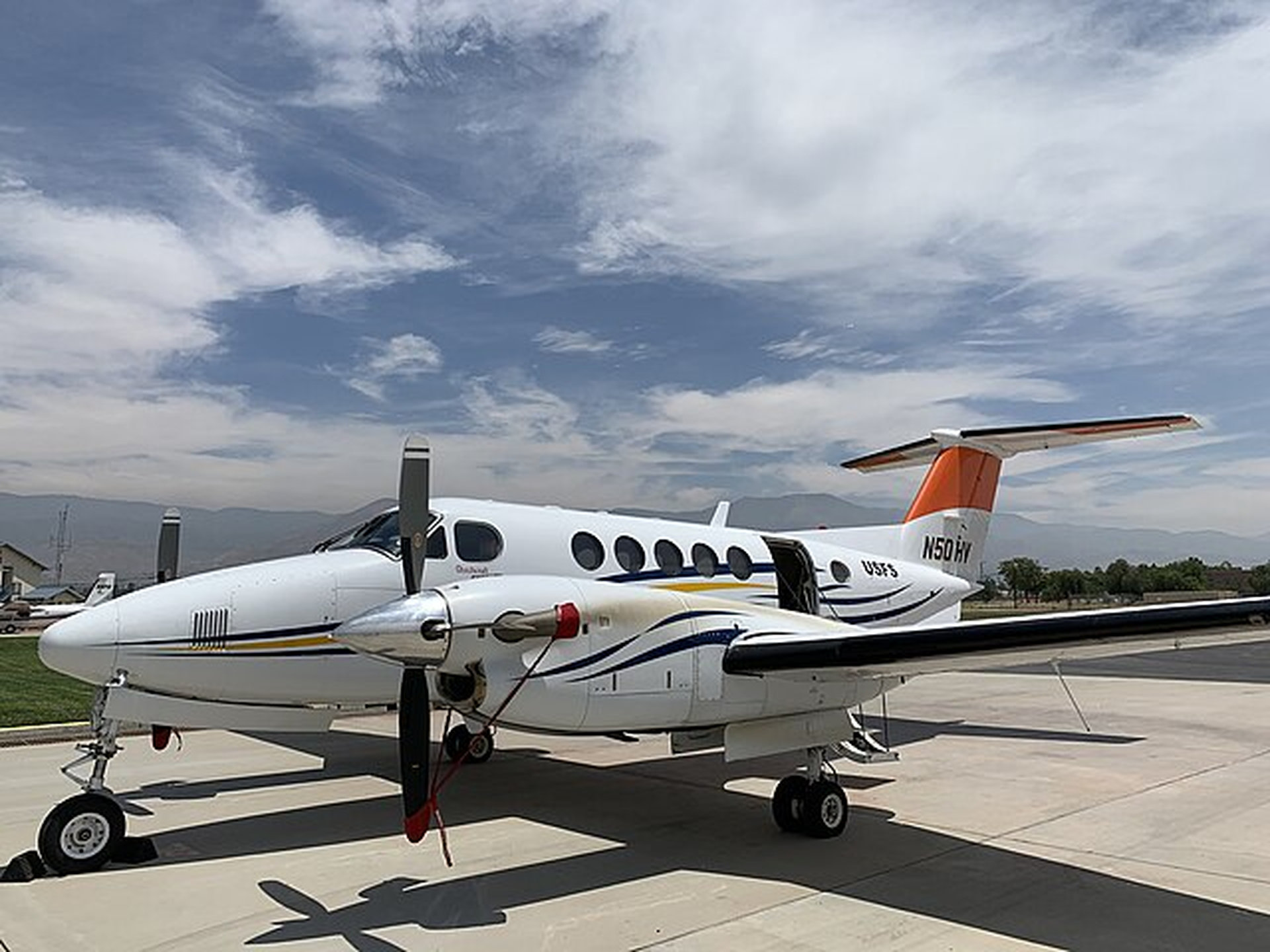

Organizations like the U.S. Forest Service (USFS), Bureau of Land Management (BLM), and CAL FIRE oversee the deployment of these aerial assets. CAL FIRE, operating the world’s largest civil aerial firefighting fleet, prides itself on rapid response, aiming to contain 95% of wildfires to 10 acres or less within 20 minutes of ignition. Their diverse fleet includes Grumman S-2T airtankers, C-130 Hercules, and OV-10A Broncos for tactical air support.
Firefighting aviation is a testament to teamwork. Agencies coordinate to position aircraft strategically across the country, ensuring rapid response to high-risk areas. The National Interagency Fire Center (NIFC) plays a crucial role, managing contracts, safety protocols, and policy oversight for national firefighting efforts.
Despite their effectiveness, aerial firefighting faces challenges. Unauthorized drone flights can ground entire fleets, jeopardizing operations. Contracted aircraft availability is another hurdle during peak fire seasons. Yet, innovations like Unmanned Aircraft Systems (UAS) hold promise, offering safer and more cost-effective surveillance and suppression options in the future.
The aircraft used to fight wildfires are as diverse as the landscapes they protect. Each plays a crucial role, from massive VLATs drenching infernos to agile helicopters delivering precision strikes. Together, they form a formidable aerial force, working in harmony with ground crews to battle one of nature’s most destructive forces. The skies may be their battleground, but their mission is one of protection and preservation.
Discover more from Buffalo Air-Park
Subscribe to get the latest posts sent to your email.
